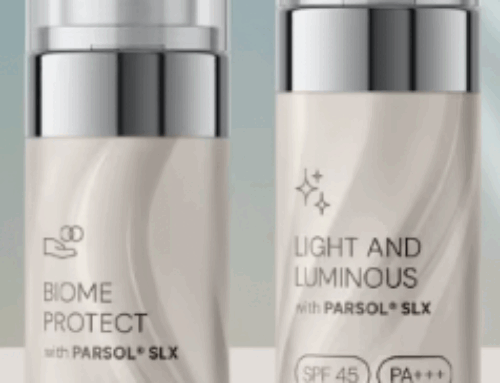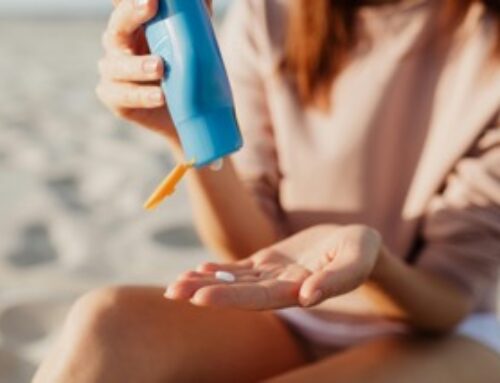Sunscreen in Europe undergoes meticulous testing to ensure safety of its products. However, the methods for testing SPF have been criticized. In December 2024, the International Standard Organisation (ISO) Central Secretariat published two SPF test methods now recognized as ISO Standard methods for testing. The methods are known as the Double Plate Method (DPM) and the Hybrid Diffuse Reflectance Spectroscopy (HDRS) Method. These new European sun care testing standards will create a more straightforward process for clinical testing.
Issue With Current Testing Standards
Multiple aspects of sun protection is required for testing. This includes SPF, UVA protection factor, critical wavelength, and water resistance. Known as the ‘gold-standard’ test for sunscreen products in Europe, the vivo International Standard method has been the current form of testing sun care products. The in-vivo SPF test protocol was widely used in Europe to support labelled protection claims. Ethical issues emerged using this protocol, as UVB exposure was assessed by giving participants a sun protection product and seeing how their skin burned with radiation. This also led to a concern of accuracy since humans were the ones applying the product and assessing the level of sunburn. Thus, inconsistent application and assessment left subjective conclusions about the sun protection quality. Other issues with the protocol was that it was invasive, time-consuming, and expensive.
Double Plate Method
DPM was developed by Cosmetics Europe member experts as an alternative to the in vivo International Standard method. Rather than using human volunteers to test SPF, DPM uses polymer plates and is fully in vitro. The plates have grooves that mimic human skin texture and are filled by the product being tested. The benefits of using DPM is that there is no color on the plates, which makes it easier to observe erythema and that it can be used year-round. It is also cost-effective. This protocol is expected to produce comparable results on the efficacy of sun protection products across laboratories. The results are also consistent with the ones obtained by the in-vivo methods.
Hybrid Diffuse Reflectance
Hybrid Diffuse Reflectance Spectroscopy (HDRS) is an advanced technique used to characterize the SPF, UVA protection factor, and critical wavelength protection of sunscreen products without relying on biological responses. This method is applicable to both emulsions and single-phase sunscreen products, providing a non-invasive way to evaluate their efficacy. However, it has not yet been tested for use with powder-based sunscreen formulations. HDRS works by analyzing the absolute spectral absorbance characteristics of a sunscreen product when applied to the skin, enabling accurate estimations of sunburn and UVA protection. This process offers a reliable and efficient alternative to traditional testing methods, ensuring more precise sunscreen assessments.
The Double Plate Method and Hybrid Diffuse Reflectance Spectroscopy represent significant improvements in sunscreen testing standards in Europe. These ISO-recognized methods address ethical and accuracy concerns by replacing human volunteers with non-invasive, reliable techniques. They offer cost-effective and consistent results, enhancing the safety and effectiveness of sunscreen products. As these methods gain adoption, they promise more precise testing while ensuring better protection for consumers and improving testing efficiency. Steps for further improvement in sun care product testing is developing methods that measure UVA protection at the same time as SPF rating and methods that can test water resistance claims without human volunteers.





